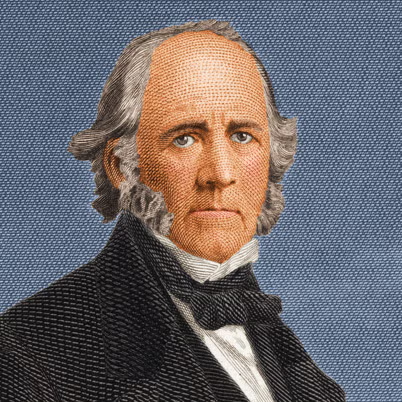
Table of Contents
Who Was Samuel Houston?
Samuel Houston was a prominent figure in American history, best known for his significant contributions to the state of Texas. His early military career included participation in the Creek War from 1813 to 1814, where he was wounded at Horseshoe Bend. Houston was elected to the United States Congress in 1823 and again in 1825, serving as a voice for his constituents. In 1827, he became the Governor of Tennessee. Houston’s most notable achievement came in 1836 when he was elected the first president of the Republic of Texas, a role he would hold again in 1841. His political career continued as he served as a Texas state senator from 1849 to 1859 and briefly as governor before being ousted for his opposition to the Confederacy. He passed away on July 26, 1863, in Huntsville, Texas.
Early Years
Samuel Houston was born on March 2, 1793, near Lexington, Virginia. He was the son of a Revolutionary War veteran who died when Houston was just 14 years old. Following his father’s death, Houston’s mother relocated the family to eastern Tennessee, where Houston developed a close relationship with the Cherokee Indians. He learned their customs and language, which later influenced his political and social life.
Houston followed in his father’s military footsteps and served in the War of 1812 under the command of Andrew Jackson, earning recognition for his bravery and winning Jackson’s admiration.
Political Beginnings
Houston’s connection with Andrew Jackson was pivotal for his political career. On Jackson’s advice, Houston returned to Tennessee and pursued a career in politics, studying law and eventually being elected as the district attorney in Nashville. His first significant entry into national politics came in 1823 when he was elected to Congress, serving two terms before being elected as Tennessee’s governor in 1827.
However, his personal challenges, particularly his struggles with alcohol, complicated his political ambitions. After marrying Eliza Allen, rumors about his alcoholism and infidelity led to the dissolution of their marriage. In 1829, seeking a fresh start, Houston left Tennessee for Arkansas, where he rekindled his relationship with the Cherokee Indians. In 1830, he married Tiana Rodgers, a Cherokee woman, and began advocating for Native American interests in Washington, D.C.
Texas Calls
In 1832, Houston relocated to Texas, then a Mexican territory, where he emerged as a leading voice for independence from Mexico. As tensions escalated, he was appointed to command a Texan army against Mexican forces. Despite his ongoing struggles with alcohol, Houston demonstrated exceptional military leadership during this period. On April 21, 1836, seizing a critical opportunity when Mexican General Antonio López de Santa Anna divided his forces, Houston ordered a surprise attack at the Battle of San Jacinto. The decisive victory secured Texas’ independence.
In the wake of Texas’s liberation, Houston became a national hero, often compared to George Washington. The city of Houston was named in his honor in 1836, and he was elected president of the newly formed Republic of Texas that same year. Following Texas’ annexation into the United States in 1846, Houston served as a U.S. Senator until 1860.
Despite his ambitions, Houston’s personal life—marked by his struggles with alcohol and complex relationships—hampered his political aspirations. His stance on slavery further alienated him from many southern states. Although he owned slaves, Houston opposed the expansion of slavery into new territories.
When the Civil War broke out, Houston, who had been elected governor of Texas in 1859, refused to support the Confederate States of America. As a result, he was dismissed from his gubernatorial duties by an enraged Texas legislature.
Death
Houston married for the third time in 1840 to Margaret Lea, with whom he had eight children. Following his departure from the political arena, he retired to his home in Huntsville, Texas, where he died on July 26, 1863. Houston’s legacy endures as a key architect of Texas history and a complex figure in American politics.
